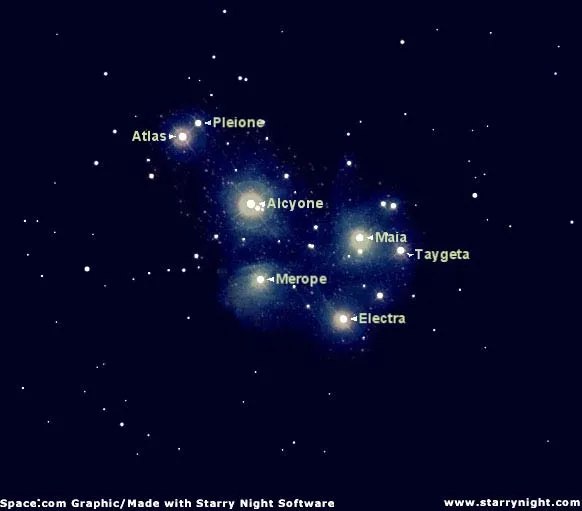David Wilson
Contributor
The name "Maestrale" (Mistral) comes from the Languedoc dialect of the Occitan language and means "masterly". Shark also manufactured a twin-tube snorkel-mask called the "Libeccio" named after the southwesterly Mediterranean wind which predominates in northern Corsica all year round. The word "libeccio" is Italian, coming from Greek through Latin, and originally meaning "Libyan".
The Libeccio snorkel-mask also made its début in the 1962 catalogue of the German diving equuipment manufacturer and importer Barakuda:
 German: "LIBECCIO (ital.). Eine ungewöhnlich preiswerte Vollgesichtsmaske mit Doppelschnorchel und zuverlässiger Schwimmerdichtung. Der weiche, anschmiegsame Maskenkörper bewirkt zuverlässige Abdichtung bei verschiedenen Kopfformen. Besonders breilgeteiltes Kopfband. Dieses Modell ist die mit Abstand preiswerteste italienische Doppelschnorcheltauchmaske, die seit ihrem Erscheinen auf dem italienischen Markt schon viele Liebhaber gefunden hat. Kunststoffscheibe. Nr. 160. DM 15,85."
German: "LIBECCIO (ital.). Eine ungewöhnlich preiswerte Vollgesichtsmaske mit Doppelschnorchel und zuverlässiger Schwimmerdichtung. Der weiche, anschmiegsame Maskenkörper bewirkt zuverlässige Abdichtung bei verschiedenen Kopfformen. Besonders breilgeteiltes Kopfband. Dieses Modell ist die mit Abstand preiswerteste italienische Doppelschnorcheltauchmaske, die seit ihrem Erscheinen auf dem italienischen Markt schon viele Liebhaber gefunden hat. Kunststoffscheibe. Nr. 160. DM 15,85."
English: "LIBECCIO (Italian). An unusually inexpensive full-face mask with twin snorkels and reliable float seal. The soft, conformable mask body provides a reliable seal for different head shapes. Especially wide split headband. This model is by far the cheapest Italian double snorkel diving mask, which has already found many fans since its appearance on the Italian market. Plastic window. No. 160, DM 15.85."
While the main emphasis here is on the budget pricing of this snorkel-mask, watertightness also remains an important consideration.
Here is the snorkel-mask again in a 1962 issue of Mondo Sommerso:
 Italian: "LIBECCIO, maschera a grande campo visivo con due valvole automatiche che consentono una perfetta chiusura."
Italian: "LIBECCIO, maschera a grande campo visivo con due valvole automatiche che consentono una perfetta chiusura."
Rough translation: "LIBECCIO, wide field of vision mask with two automatic valves that allow perfect closure."
No mention of pricing, while visibility and watertightness are paramount features.
Here it is again in a 1963 issue of Mondo Sommerso:
 And yet again post-merger in a 1965 issue of Mondo Sommerso:
And yet again post-merger in a 1965 issue of Mondo Sommerso:

Italian: "LIBECCIO – maschera in gomma a grande campo visivo per osservazione subacquea con due respiratori.."
Rough translation: "LIBECCIO - wide field of view rubber mask for underwater observation with two breathing tubes."
And here is the mask in the Salvas-Shark German-language underwater catalogue of 1966:
 German: "art. 204. «libeccio»-Maske. Naturgummi-Maske mit zwei Schnorcheln, mit Ventil, grosse Sichtweite für Unterwasserbeobachtungen. Alle unsere Masken sind aus Naturgummi hergestellt und aus nicht alterndem und reizbarem Material."
German: "art. 204. «libeccio»-Maske. Naturgummi-Maske mit zwei Schnorcheln, mit Ventil, grosse Sichtweite für Unterwasserbeobachtungen. Alle unsere Masken sind aus Naturgummi hergestellt und aus nicht alterndem und reizbarem Material."
English: "art. 204. “Libeccio” mask. Natural rubber mask with two snorkels, with valve, great visibility for underwater observations. All our masks are made of natural rubber and materials that neither age nor irritate."
That's plenty for today and we shall move on to fin models made by Shark some time midweek. Until then, keep safe and stay well.
The Libeccio snorkel-mask also made its début in the 1962 catalogue of the German diving equuipment manufacturer and importer Barakuda:
English: "LIBECCIO (Italian). An unusually inexpensive full-face mask with twin snorkels and reliable float seal. The soft, conformable mask body provides a reliable seal for different head shapes. Especially wide split headband. This model is by far the cheapest Italian double snorkel diving mask, which has already found many fans since its appearance on the Italian market. Plastic window. No. 160, DM 15.85."
While the main emphasis here is on the budget pricing of this snorkel-mask, watertightness also remains an important consideration.
Here is the snorkel-mask again in a 1962 issue of Mondo Sommerso:
Rough translation: "LIBECCIO, wide field of vision mask with two automatic valves that allow perfect closure."
No mention of pricing, while visibility and watertightness are paramount features.
Here it is again in a 1963 issue of Mondo Sommerso:
Italian: "LIBECCIO – maschera in gomma a grande campo visivo per osservazione subacquea con due respiratori.."
Rough translation: "LIBECCIO - wide field of view rubber mask for underwater observation with two breathing tubes."
And here is the mask in the Salvas-Shark German-language underwater catalogue of 1966:
English: "art. 204. “Libeccio” mask. Natural rubber mask with two snorkels, with valve, great visibility for underwater observations. All our masks are made of natural rubber and materials that neither age nor irritate."
That's plenty for today and we shall move on to fin models made by Shark some time midweek. Until then, keep safe and stay well.





